Jack Kerouac, the painter, lives on in southern Switzerland
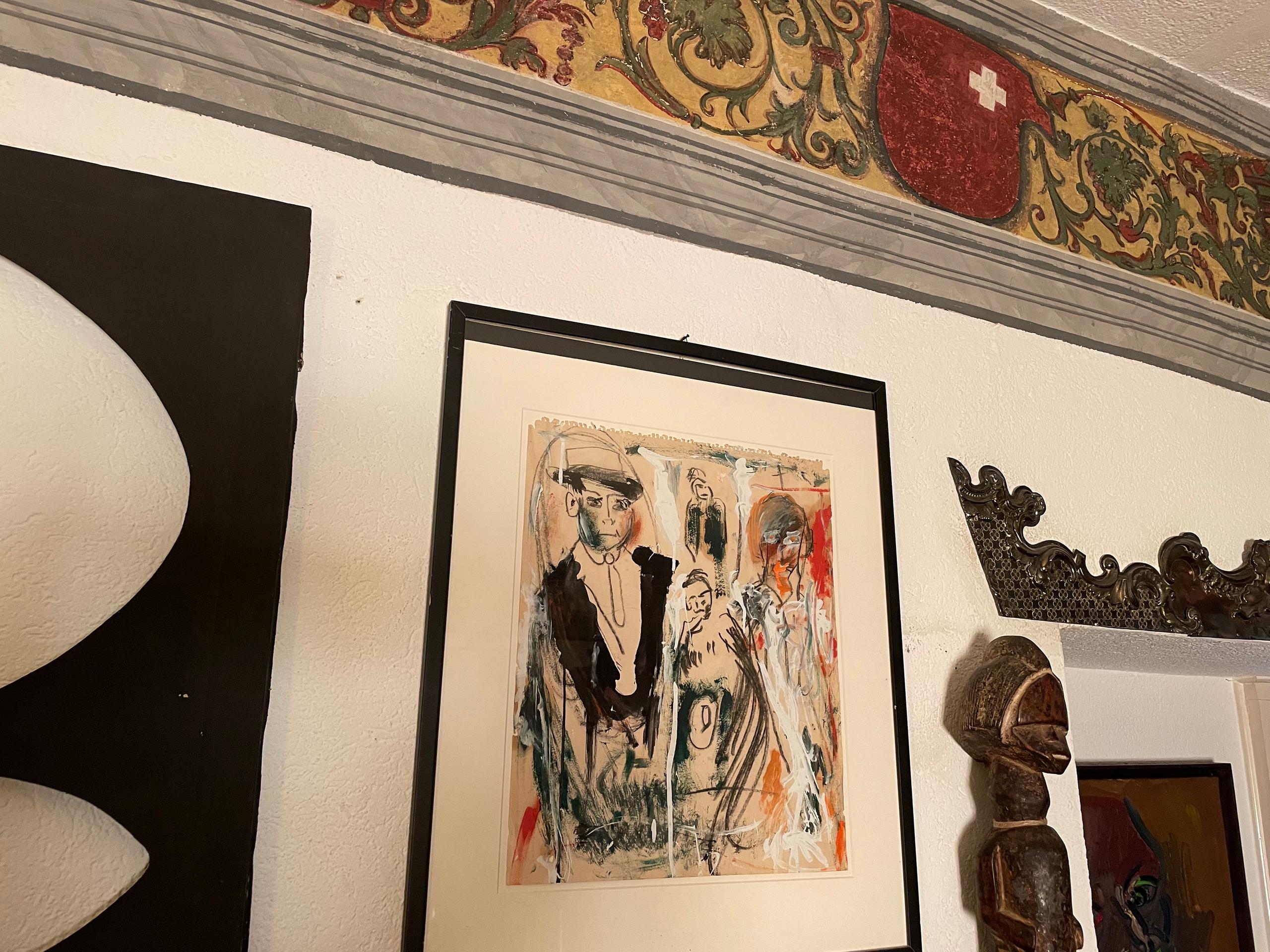
It is a little-known fact that the American writer Jack Kerouac, one of the "godfathers" of 1960s counterculture, was also a painter whose works are now in the hands of two Swiss collectors.
Arminio Sciolli first glimpsed a batch of paintings by Jack Kerouac at a book fair in Milan 15 years ago and asked if any of the pieces were for sale. Yes, he was told, but they were already reserved for the American actor Johnny Depp.
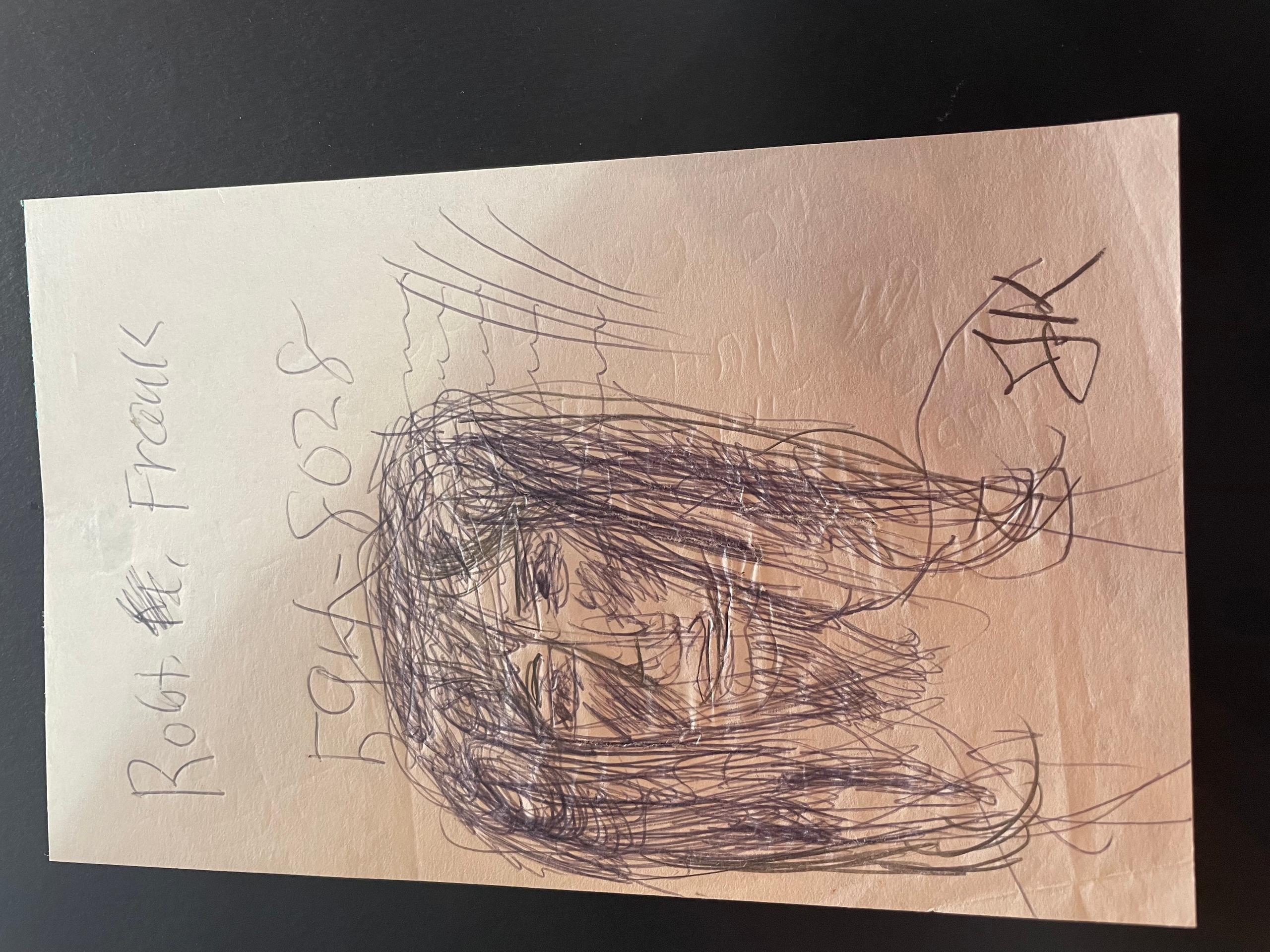
However, with the financial crisis of 2008, Depp gave up on his plan to buy the pieces. Together with his brother Paolo, Arminio, a lawyer, gallerist and art collector based in the southern Swiss canton of Ticino, offered to buy the entire collection of 100 paintings and drawings, plus some memorabilia – clothes, sneakers, a box of crayons, and a tape recorder containing conversations that Kerouac used in books like Visions of Cody.
Part of the collection was shown in a 2016 exhibition at the Centre Pompidou in Paris to celebrate the Beat Generation. Three years later, the Kerouac collection got a full individual exhibition in Milan with a catalogue book that finally brought to light a very little-known side of one of the most influential American writers of the 20th century.
Kerouac’s rise to the pantheon of American letters and to worldwide acclaim came only after he and his fellow “beats” ripped up the conventions and decorum of the literary world. For most of his life, Kerouac was an outsider and a marginal figure, despised by most of the literary establishment. Truman Capote uttered maybe the most famous comment about Kerouac’s On the Road (1957): “It’s not writing, it’s typing.” Kerouac responded with a painting, though not a very flattering one for Capote.
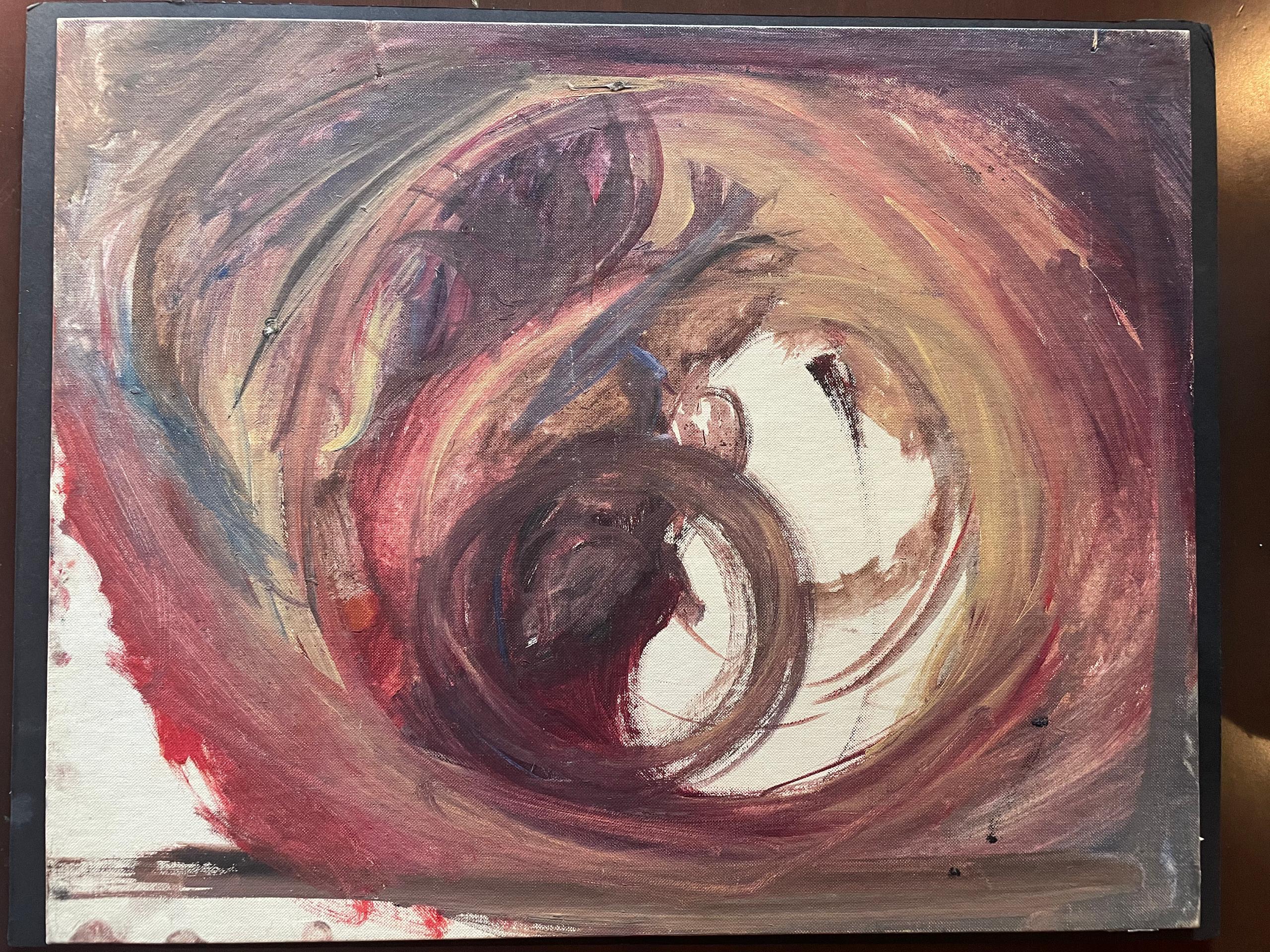
As for his drawings and paintings, their value cannot be measured only on the basis of aesthetics. The Italian curators Sandrina Bandera, Alessandro Castiglioni and Emma Zanella note in their introduction to the exhibition catalogue that “the works should not be approached using an art critic’s traditional methods […] After all, Kerouac felt the need to convey his ideas and feelings through an array of tools and visions, seeing artistic expression in its totality”.
In fact, the pieces in the Kerouac collection are hard to evaluate individually. They range from oil paintings on canvas to sketches drawn on napkins, influenced by surrealism and the abstract expressionism that were fashionable on the New York art scene of the 1950s.
The subjects vary from portraits of friends and lovers to reflections on religion – the traumas of Catholicism and a supposed redemption via Buddhist meditation, and developing his so-called “holy fool” persona. Kerouac also painted in the same way he wrote – in a spontaneous, entranced movement, without studies or plans.
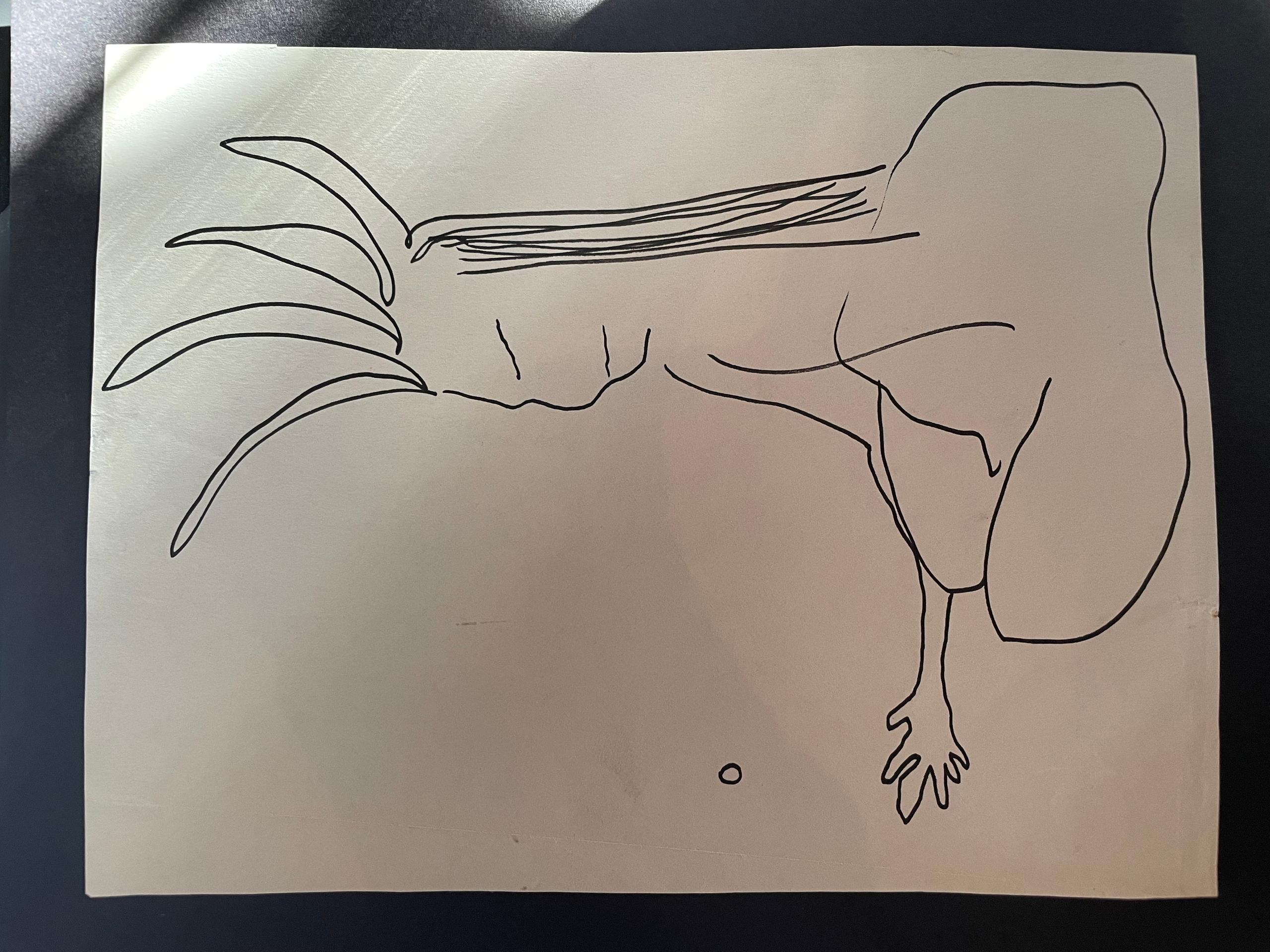
He even made a sort of handwritten personal manifesto for his painting, dated 1959. “Only use brush spontaneously, i.e., without drawing, without long pause or delay, without erasing… pile it on”, he wrote, adding: “Stop when you want to ‘improve’ – it’s done.”
Visual complements to the written word
Besides his writings and his life story, Kerouac’s art trove has become a third axis for understanding the depths of his existential quests and literary output. His books were basically romans à clef – novels about real-life events presented as fiction – in which he tried to narrate the energy and anxieties of a handful of fellow vagabond-poets drifting in America in the wake of the Second World War.
Kerouac formed a sort of “Holy Trinity” of the so-called Beat Generation with writer William S. Burroughs and poet Allen Ginsberg.
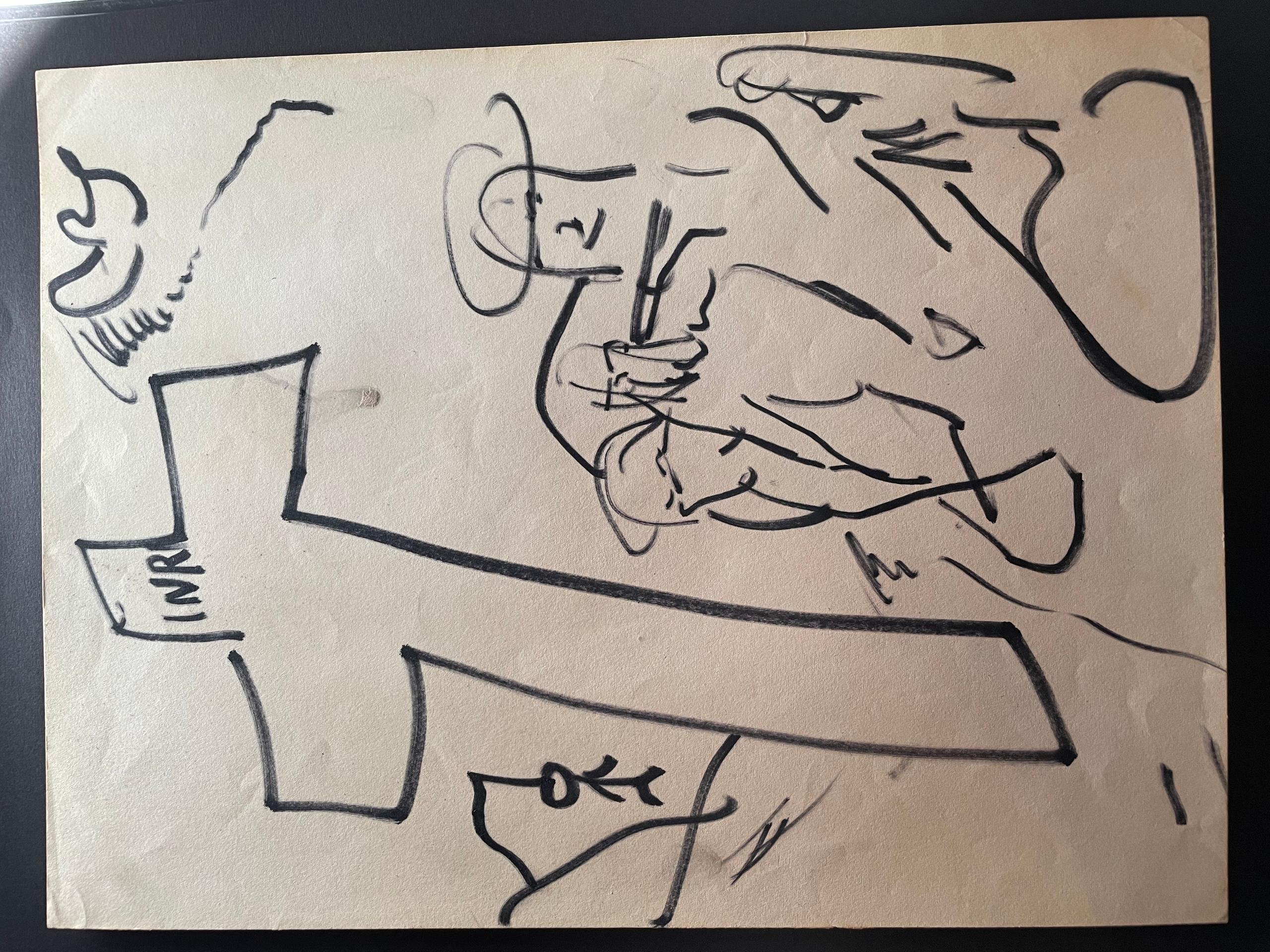
There were many more (and not necessarily less talented) artists and poets around them, but these three very distinct personalities put together summed up the societal issues (racism, homosexuality, environmentalism, etc.), freewheeling and provocative literary styles, and distinct sorts of existential quests that the beatniks addressed to the horror of American Puritan values – and to the bliss of a young generation about to rip up these very same values in the countercultural movements of the 1960s.
Born in 1922 in Lowell, Massachusetts, to a French-Canadian family, Jean-Louis Lebris de Kerouac only started to learn English (French was the main language spoken at home) at the age of six. However, Kerouac was, at least among the main exponents of the beat movement, the one who was most influenced by Americana.
“Kerouac looked for the America of [the 19th-century poet] Walt Whitman, an America that didn’t exist any longer even in the times of his first travels,” said William S. Burroughs to this writer in an interview in 1994.
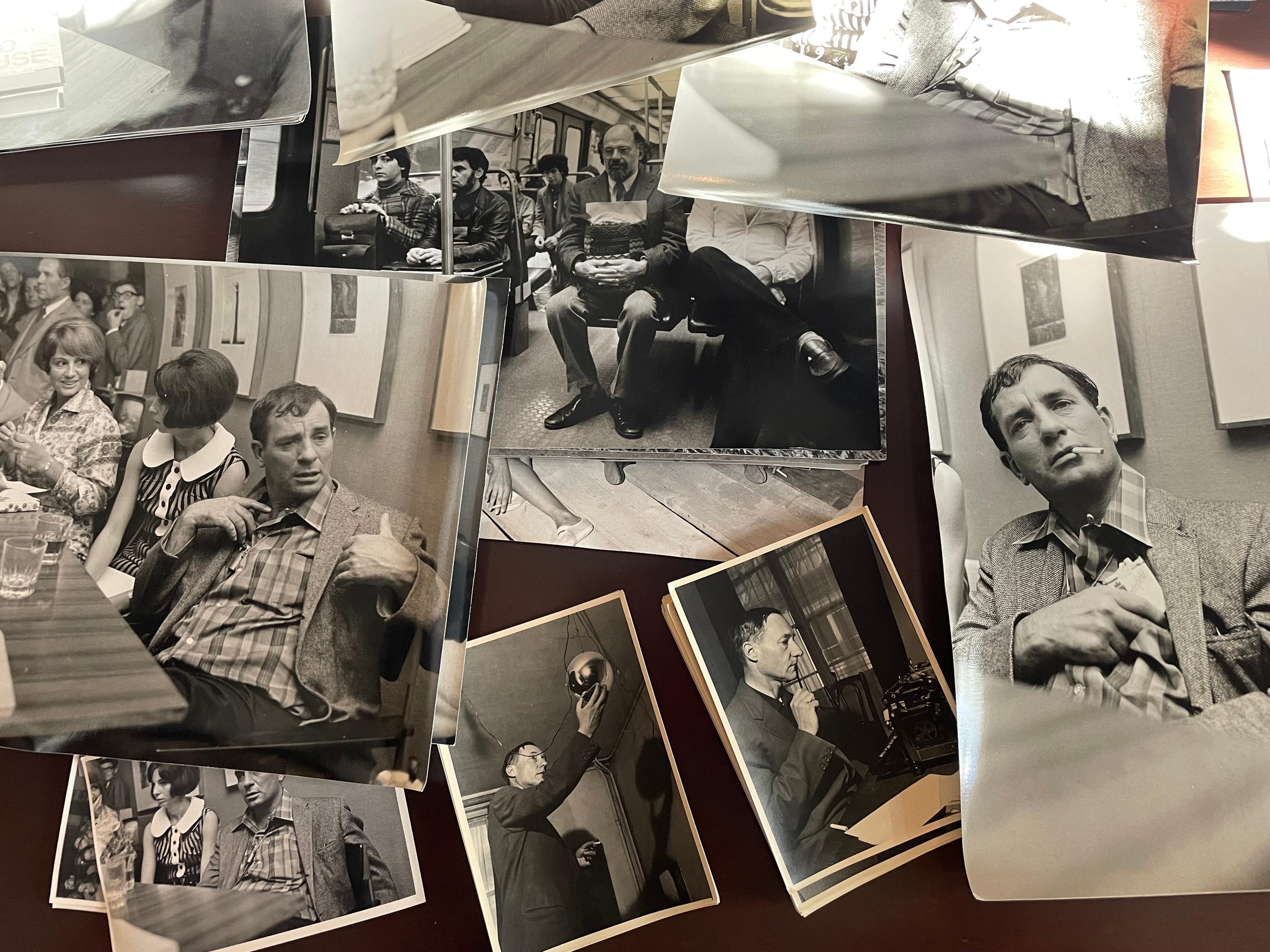
However, as much as his attention was drawn to a certain image of America, his influences were quite broad and global.
Under the influence of the world-savvy Burroughs, Ginsberg and Kerouac drew inspiration from many different sources. These included French poets like Baudelaire, Verlaine and Rimbaud, modern European writers (Kafka, Céline, Joyce, Ezra Pound), early psychology (Carl G. Jung, Sigmund Freud, Wilhelm Reich), pulp magazines and Afro-American and Latin culture.
Later they would expand and explore Oriental culture and Arab themes in their expeditions to countries like Colombia, Morocco and India, but also to the farthest realms of the psyche through drugs and sexuality. Unlike Burroughs and Ginsberg, Kerouac was heterosexual but supportive of his friends’ public outings.
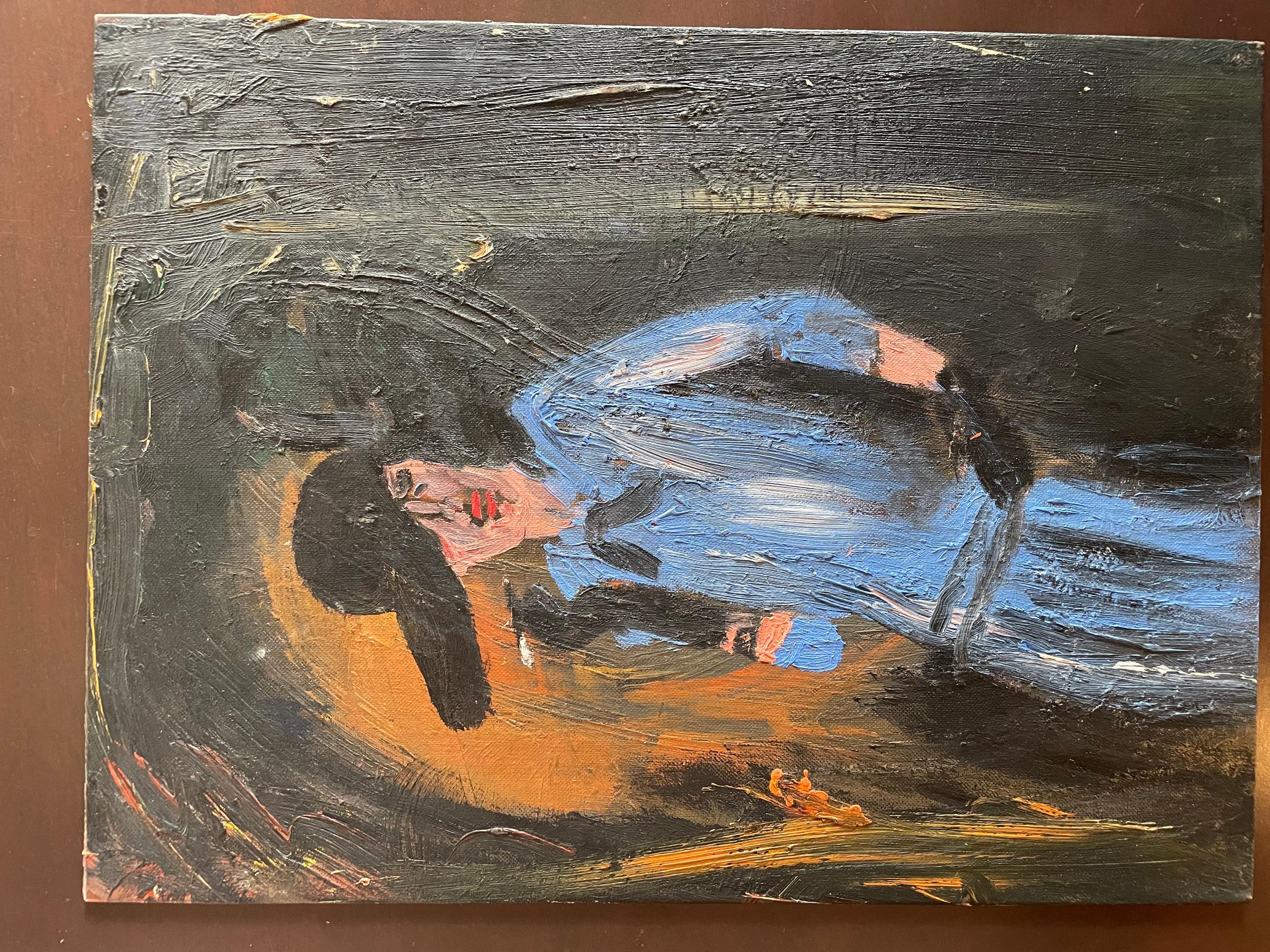
The beats exposed their homosexuality explicitly, in a deliberate attempt to shock but also to normalise gay attitudes just before the dawn of the gay liberation movement of the late 1960s.
Projects on hold
Kerouac’s travels narrated in On the Road took place in 1947-48, and the manuscript, a 36-metre scroll of telex paper, was written practically non-stop during a three-week Benzedrine-addled run.
The scroll became an iconic piece of art, exhibited in various museums around the world, and the centrepiece of an exhibition project designed by the American theatre director and visual artist Robert Wilson, who was inspired by the discovery of the Kerouac paintings.
The project, which includes original songs composed by Tom WaitsExternal link, another long-time fan of Kerouac, strives to find an appropriate space. “It needs at least one 40-metre-long room,” says Paolo Sciolli. “Even big museums cannot offer so much space.”
The Kerouac paintings also inspired another famous artist represented by Il Rivellino, the Sciolli brothers’ art gallery and cultural centre located in Locarno. The film director and multimedia artist Peter Greenaway also sketched artworks based on Kerouac’s life. These drawings and writings hang on the walls of Arminio Sciolli’s villa in a small village in Ticino.
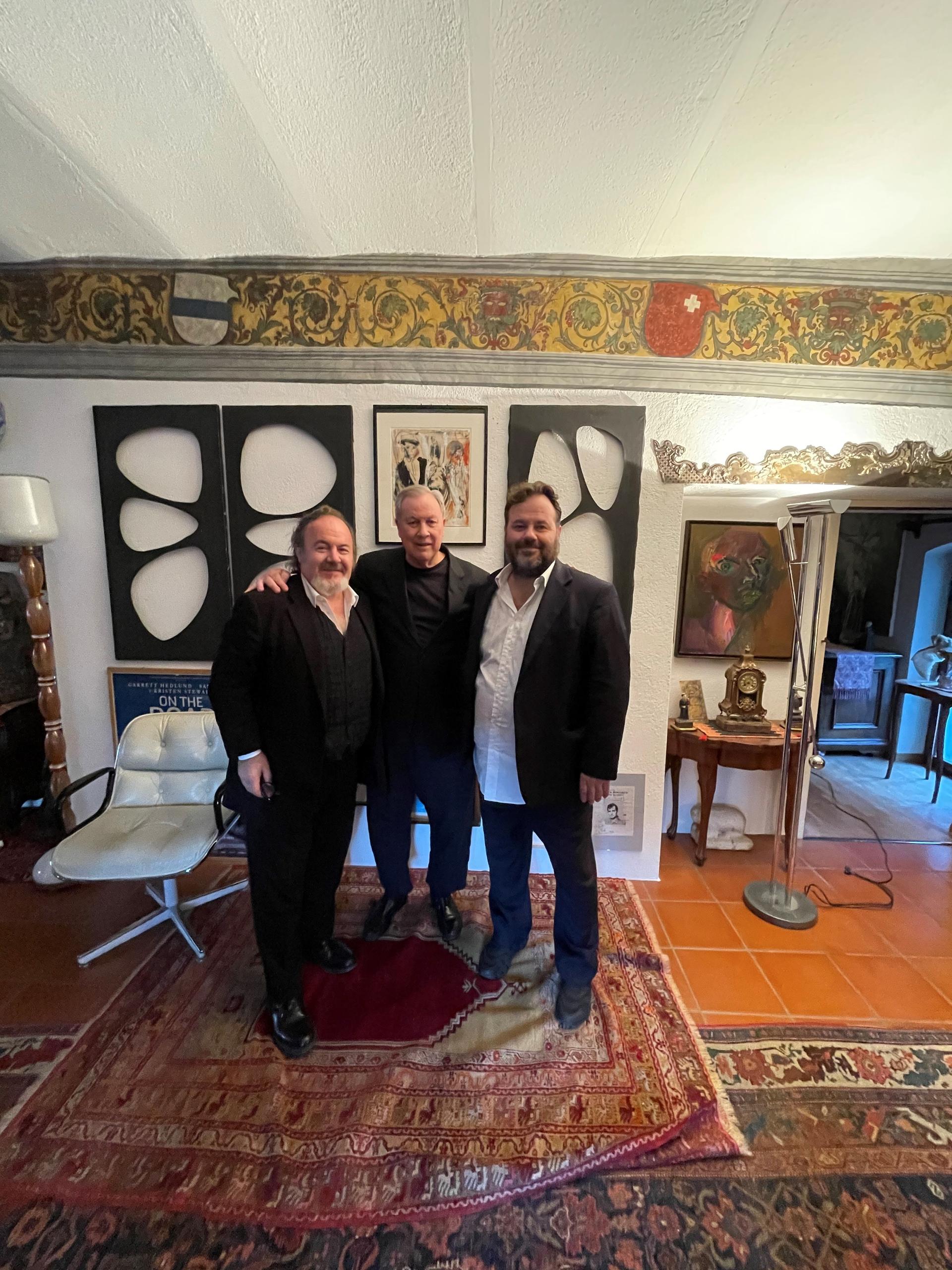
These picturesque, placid surroundings hardly evoke the vibrant times and places lived by Kerouac. But the Sciolli brothers keep the hope that the global buzz around Kerouac – which has never ceased after his death in 1969, aged 47 – doesn’t fade.
A more recent boost to Kerouac’s memory came in 2016, when two unedited early works, dated 1951-52 and written in French (La nuit est ma femme – The night is my wife; and Sur le chemin, not to be confused with the French title of On the Road, Sur la Route), were published in the original language and translated into English.
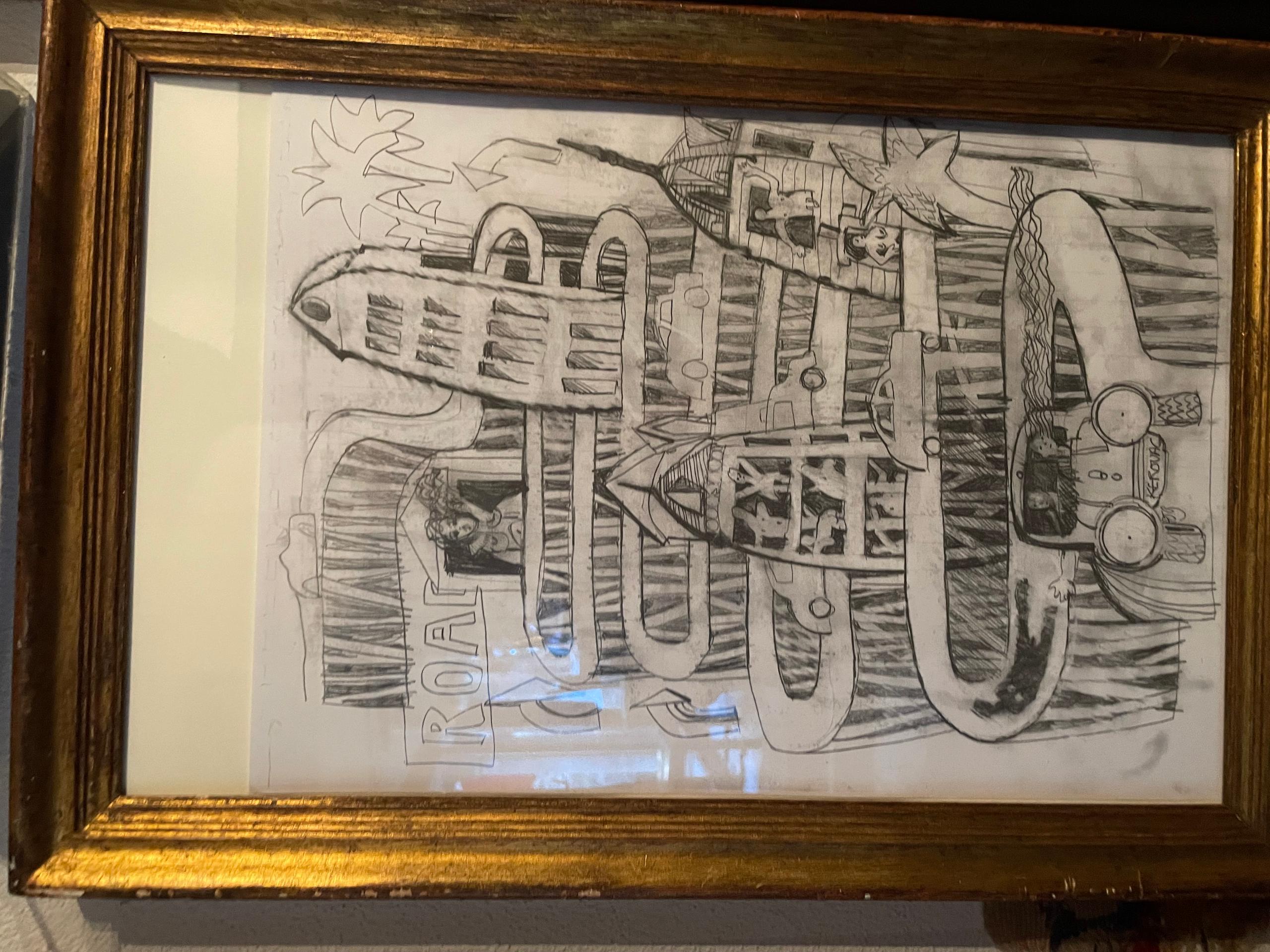
The brothers would like to see the collection travel the world, and make this virtually unknown side of Kerouac’s artistic output better known.
While no concrete proposal turns the exhibition plans into reality, Paolo Sciolli muses about offers he keeps receiving. “People often ask me to sell one or other painting, separately, but I am afraid of scattering the collection,” he says.
It is also difficult to estimate the monetary value of Kerouac’s paintings. Paolo Sciolli reveals that the collection is insured for a few million dollars, but he is aware that it risks losing some of its value if the works are sold individually. In his hands, the collection remains complete.
Edited by Mark Livingston. English-language editing by Geraldine Wong Sak Hoi

In compliance with the JTI standards
More: SWI swissinfo.ch certified by the Journalism Trust Initiative
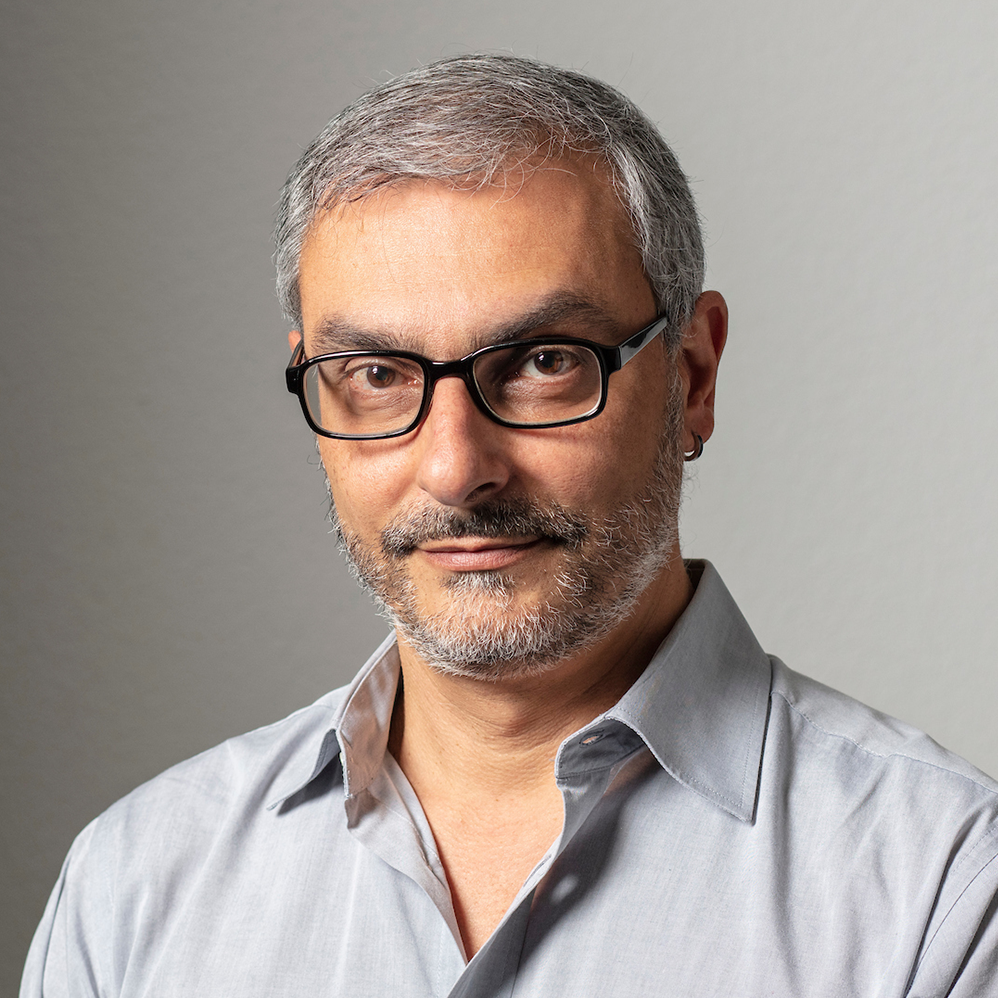
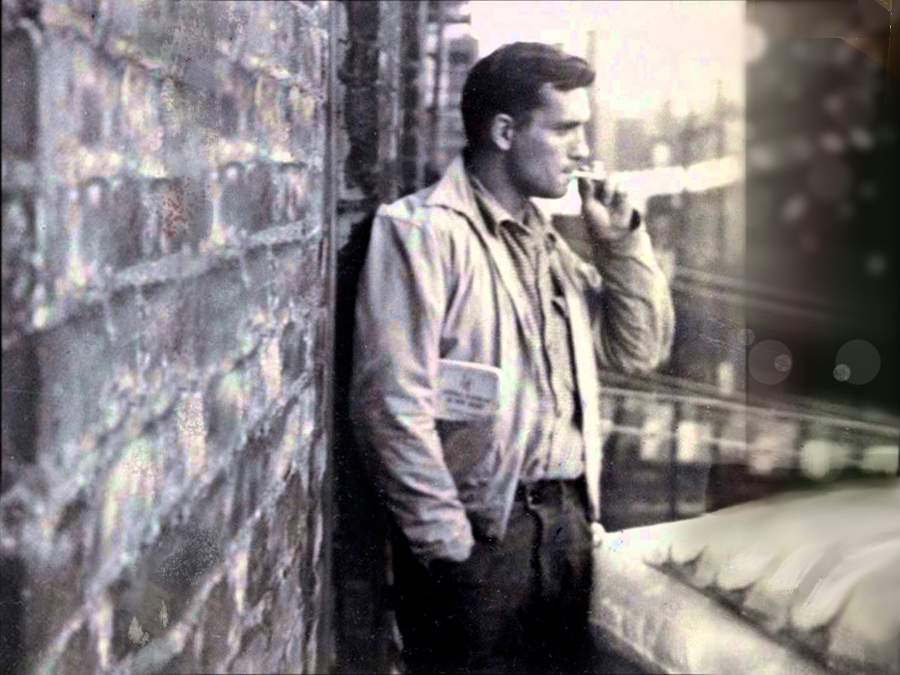
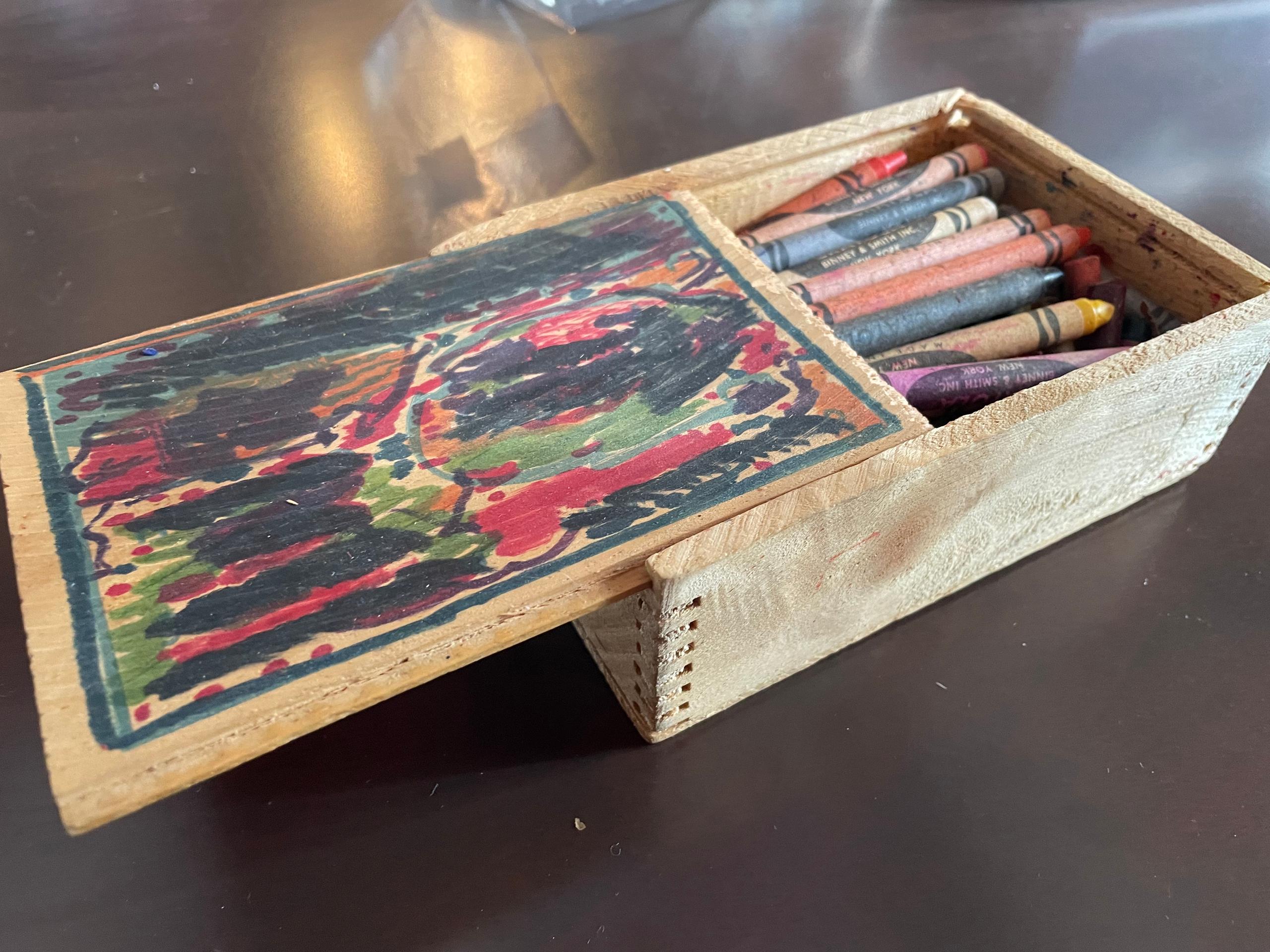
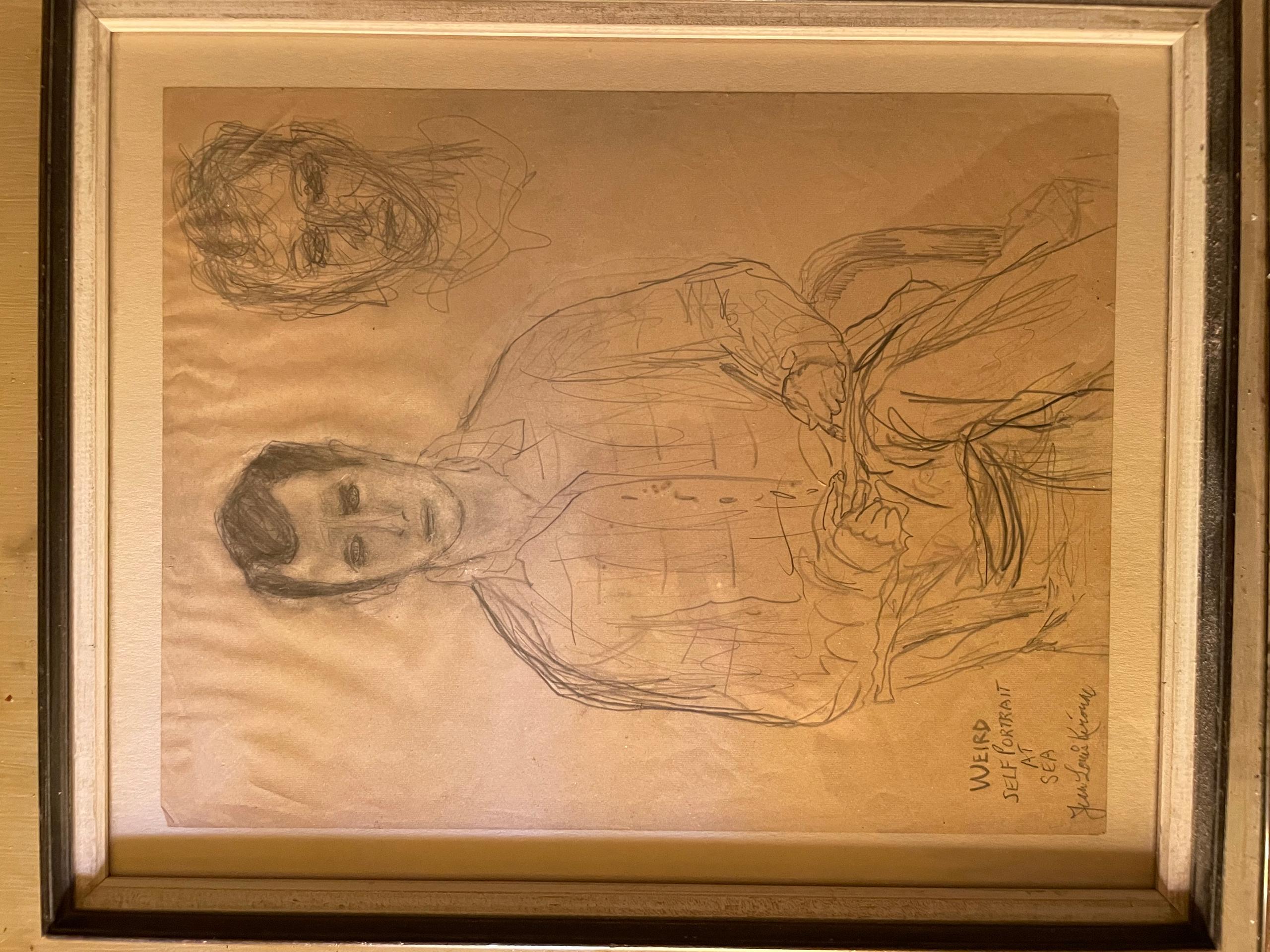
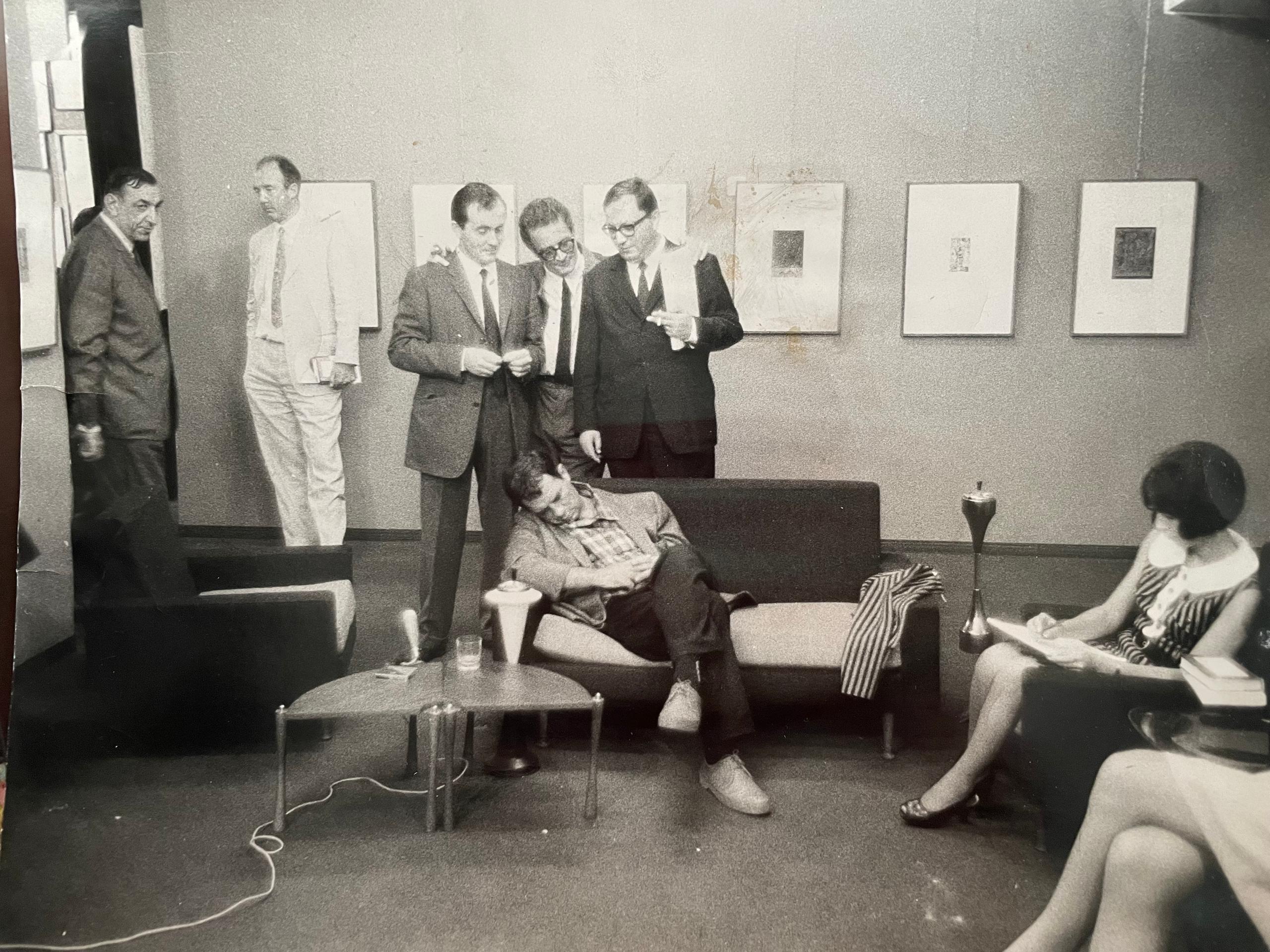
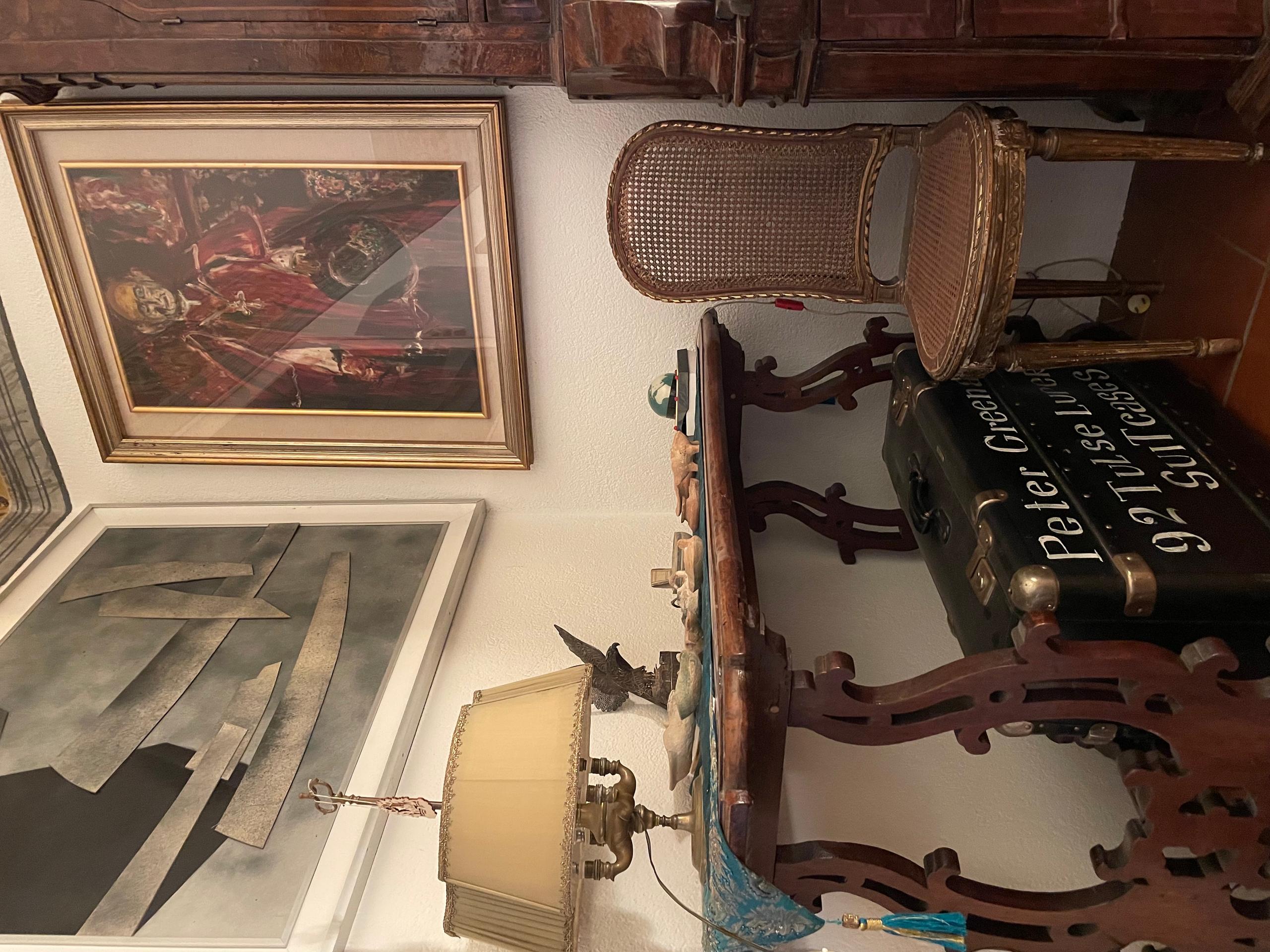
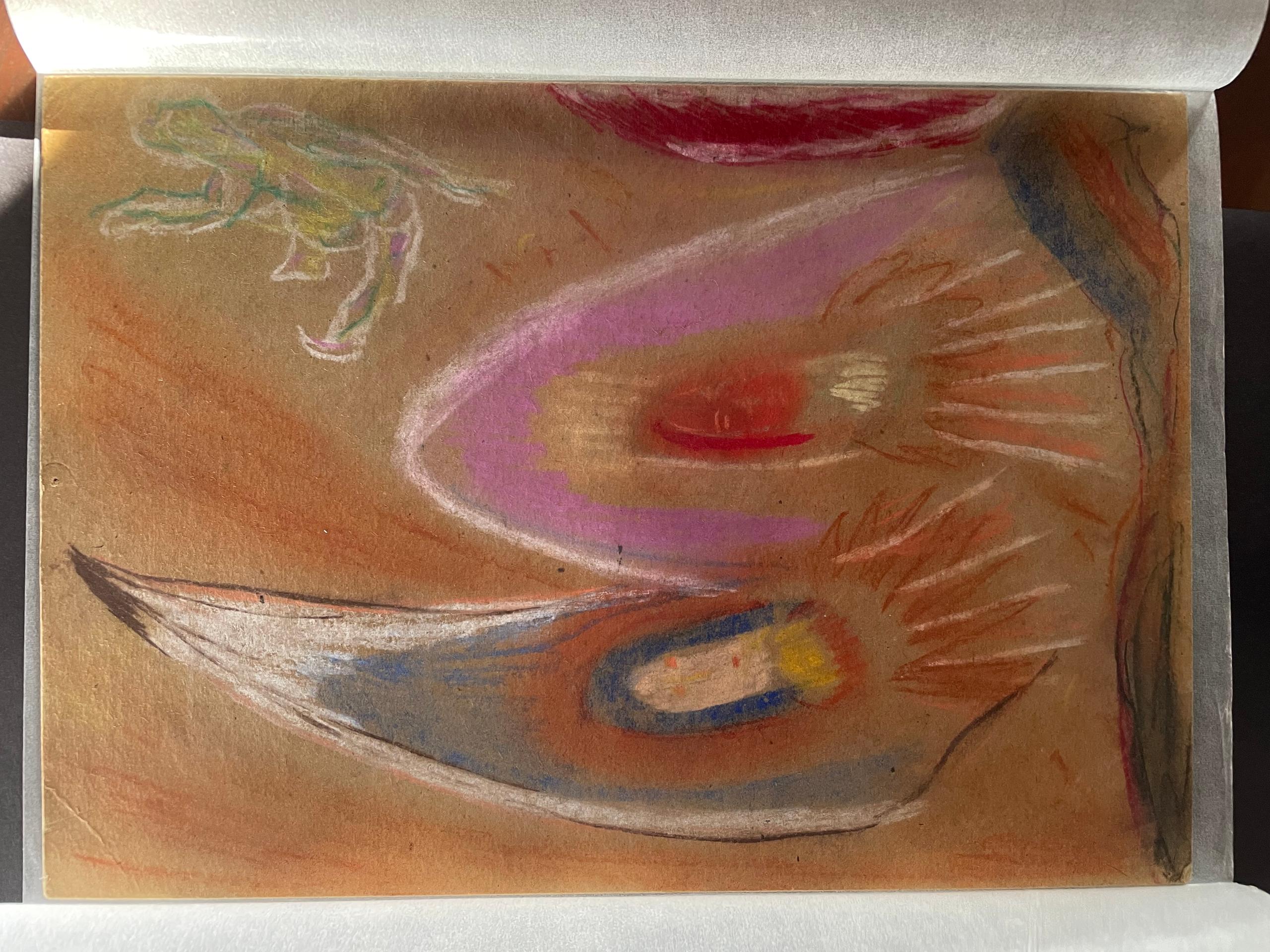
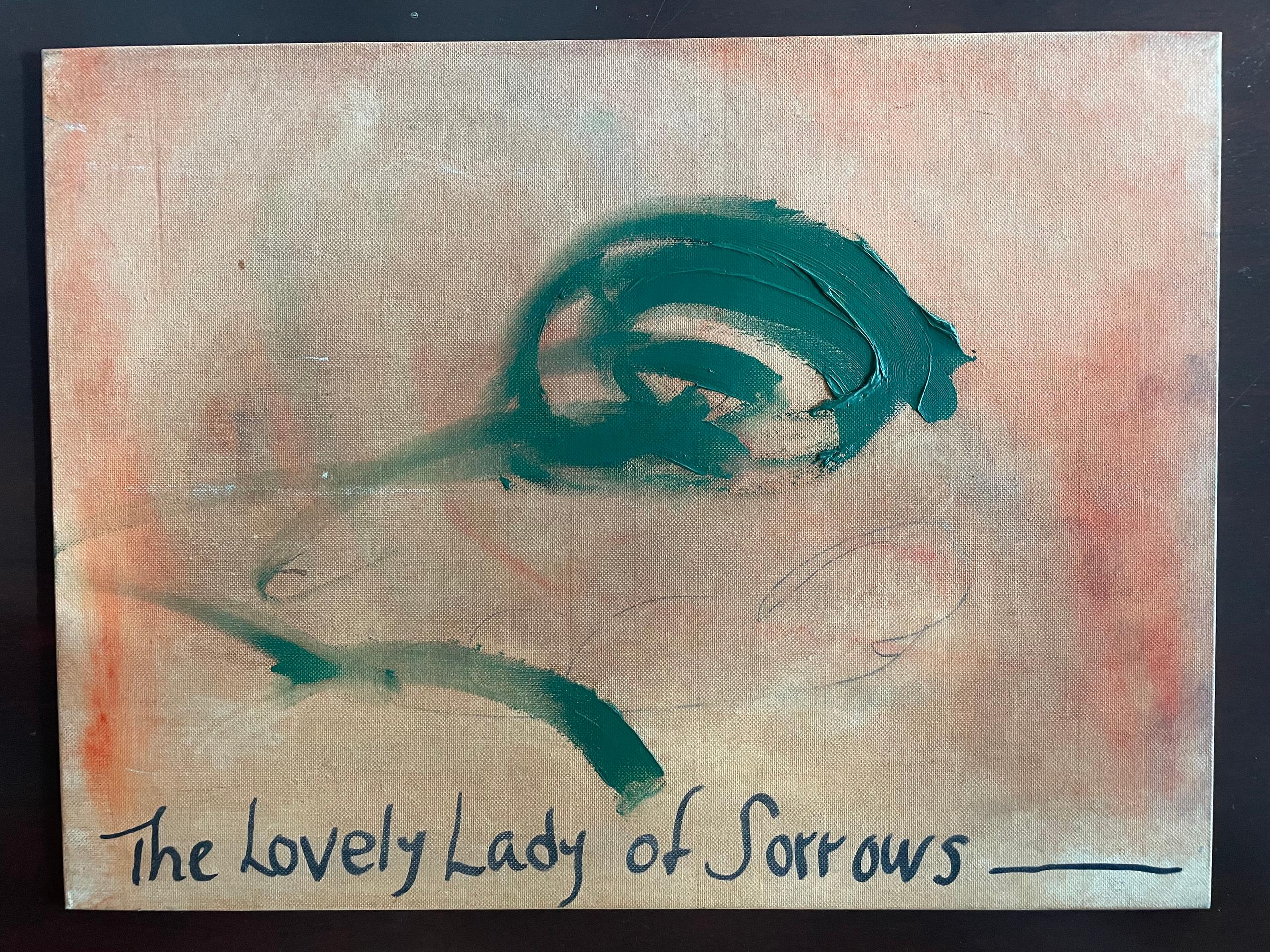
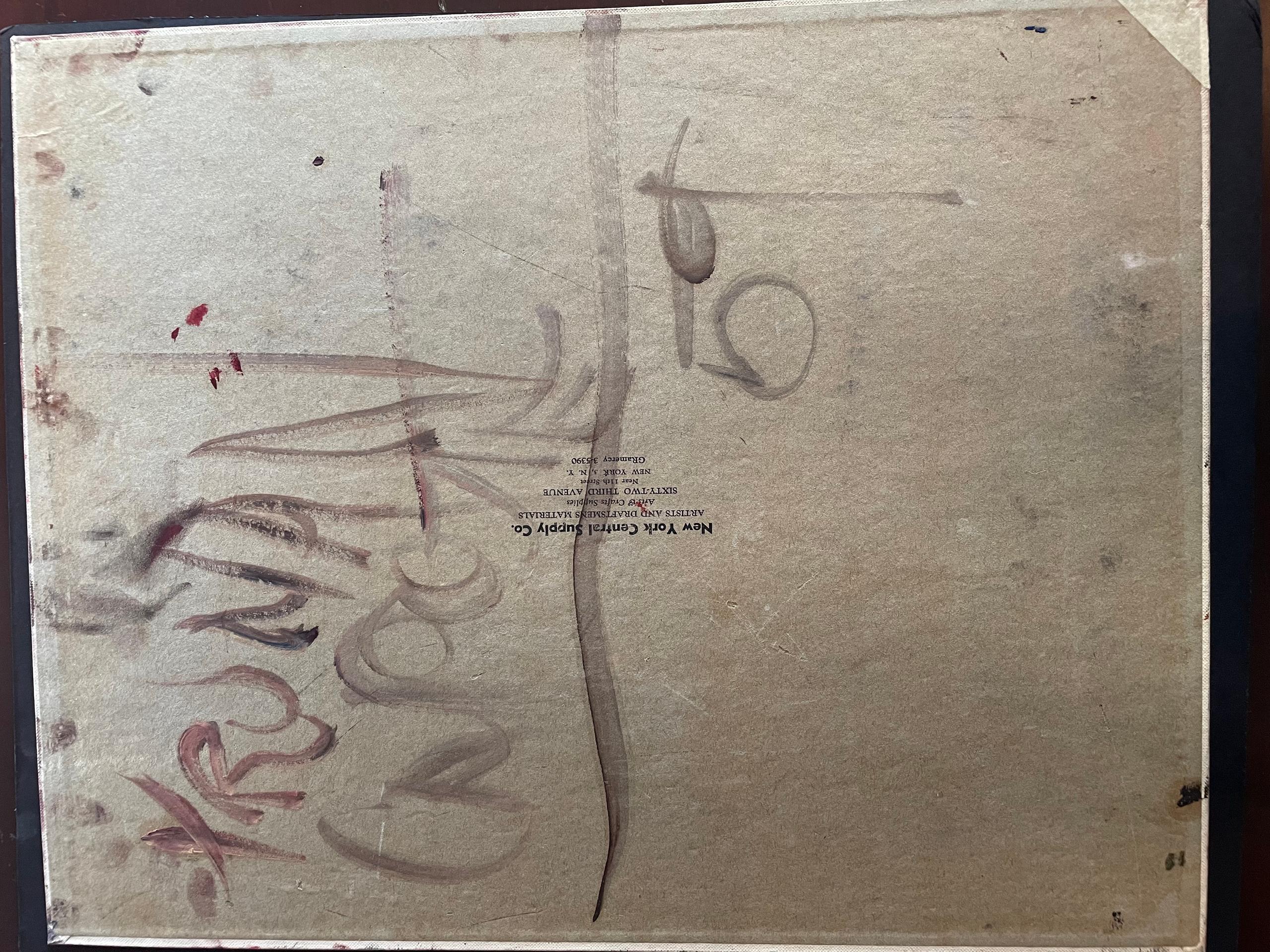
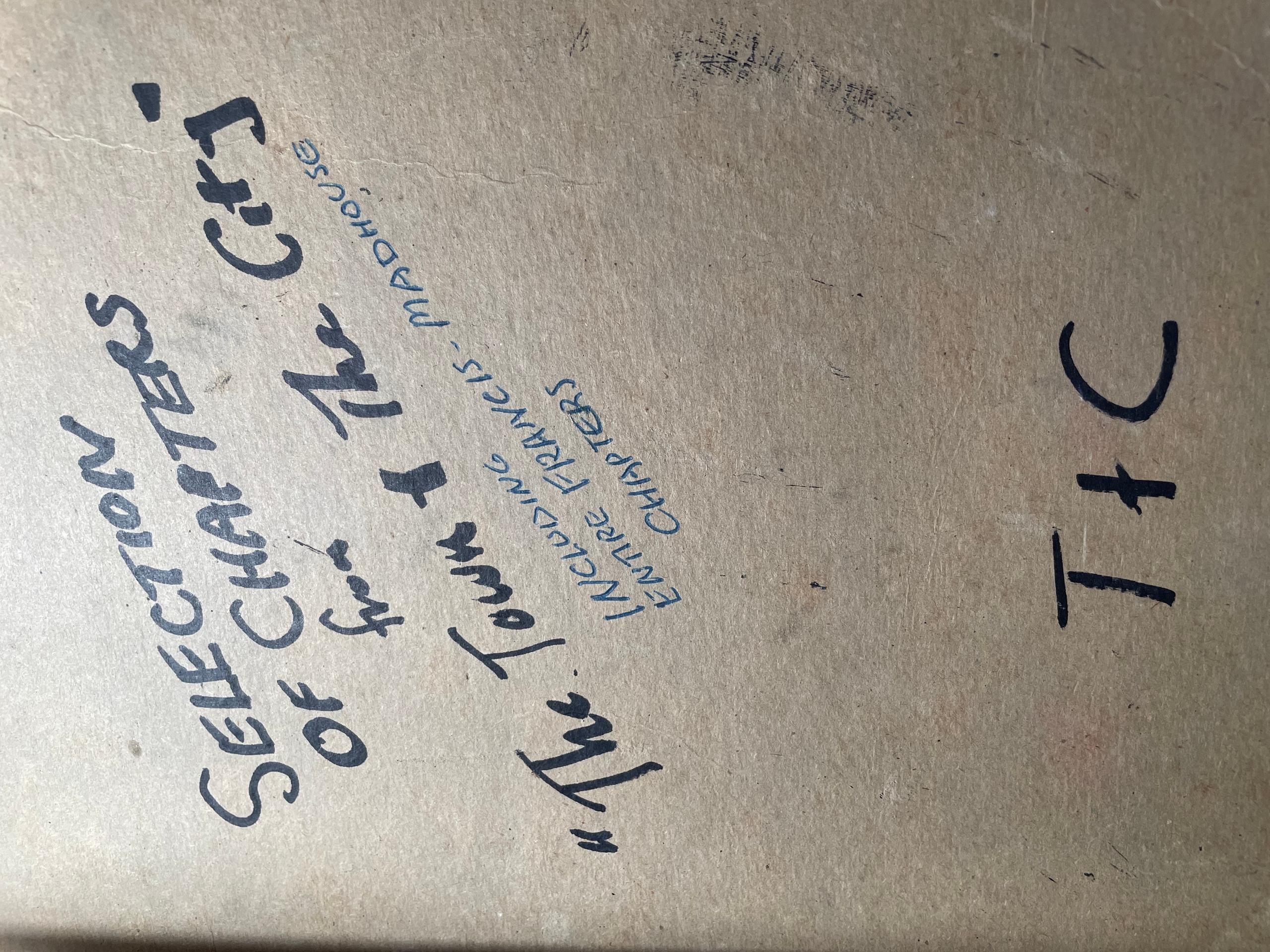
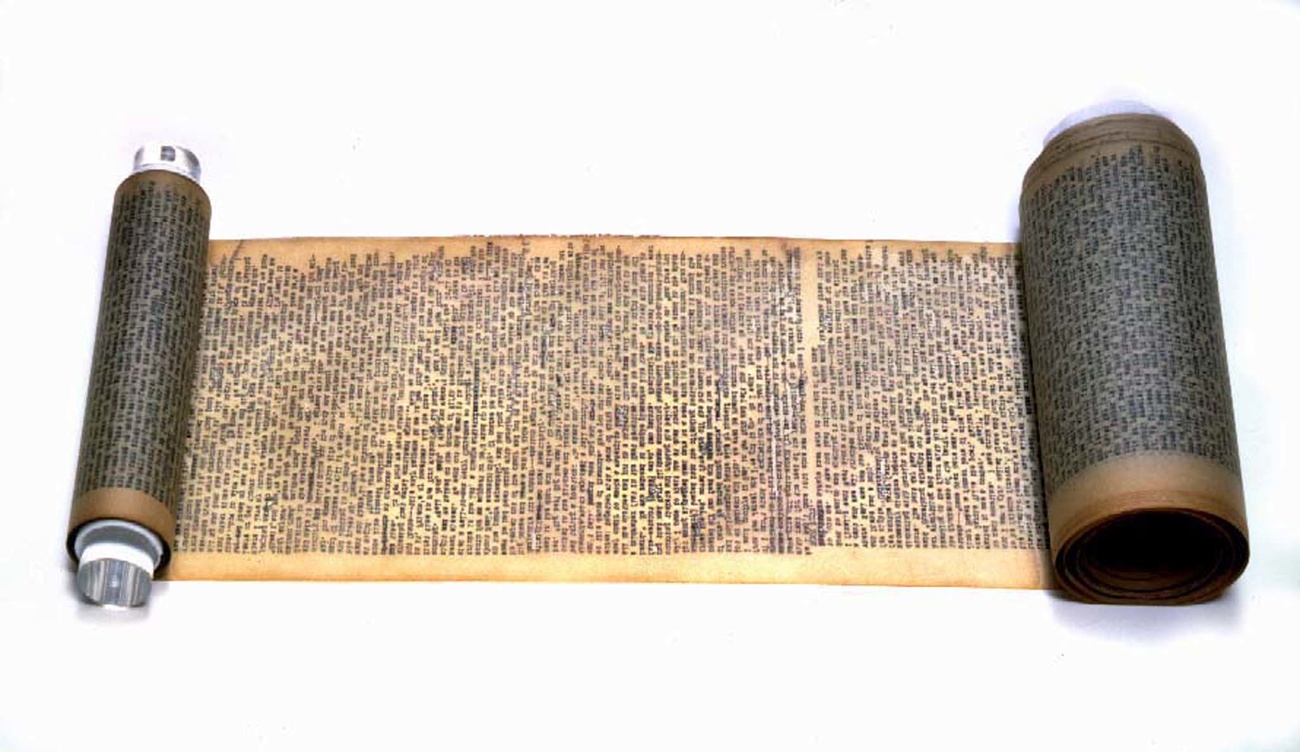
You can find an overview of ongoing debates with our journalists here. Please join us!
If you want to start a conversation about a topic raised in this article or want to report factual errors, email us at english@swissinfo.ch.